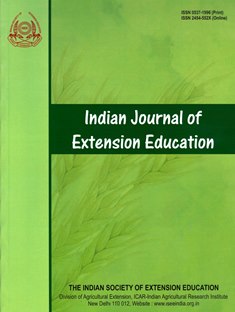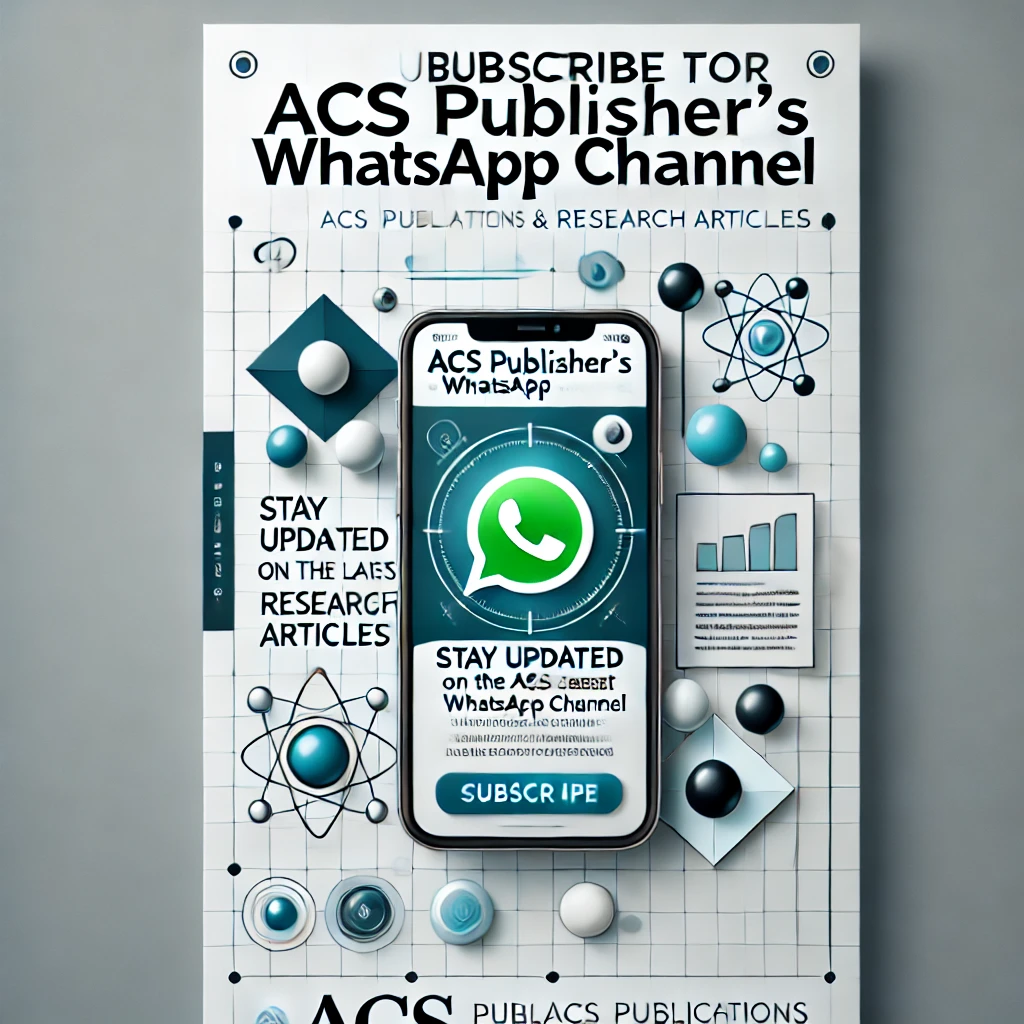Determinants of Consumer Perceptions towards Value-added Millet Products in Kerala, India
DOI:
https://doi.org/10.48165/IJEE.2025.61416Keywords:
Kerala, Millet, Perception, Structural Equation Model, Value-added product.Abstract
The paper examines determinants affecting the consumption of value-added millet products among consumers in Kerala, India. Using multi-stage sampling, 326 samples were collected from three districts of Kerala state in India, namely, Trivandrum, Palakkad, and Malappuram in December 2023. The study employed t-tests and one-way ANOVA to investigate the potential impact of socio-economic characteristics on consumer perception of value-added millet products. The structural equation model (SEM) was employed to analyse the determinants, like nutritional value, price, package quality, flavour, and media exposure, on consumer behaviour to buying millet products. Consumer perceptions vary according to demographic features such as gender, age, marital status, area of residence, and income. The SEM model states that all five determinants have a significant impact on the perception of consumers except price. With an unstandardized coefficient of 0.59, the “nutritional benefit” determinant had the strongest positive influence on consumer perception, while with an unstandardized coefficient of -0.023, price had a negative influence on the perception of consumers. The results imply that to increase the acceptance of value-added millet products, initiatives to promote millet consumption should concentrate on enhancing nutritional knowledge, taste, flavour, quality of production, and cost reduction.
Downloads
References
APEDA. (2022). E-catalogue for export of millets and value added products Kerala. https://apeda.gov.in/milletportal/files/Kerala_Millet_Value_Added_Products_Catalogue.pdf
Cronbach, L. J. (1951). Coefficient alpha and the internal structure of tests. Psychometrika, 16(3), 297-334.
GoI. (2021). Agricultural Statistics at a Glance 2021. Department of Agriculture and Farmers Welfare, Ministry of Agriculture and Farmers Welfare, Government of India. https://desagri.gov.in/wp-content/uploads/2021/07/Agricultural-Statistics-at-a-Glance-2021-English-version.pdf
Government of Kerala. (2017). Millet Village. Scheduled Tribes Development Department. Retrieved January 26, 2024, from https://www.stdd.kerala.gov.in/millet-village
Gupta, S. M., Arora, S., Mirza, N., Pande, A., Lata, C., Puranik, S., Kumar, J., & Kumar, A. (2017). Finger millet: A “Certain” crop for an “Uncertain” future and a solution to food insecurity and hidden hunger under stressful environments. Frontiers in Plant Science, 8, 1-10.
Gyawali, P. (2021). Production trend, constraints, and strategies for millet cultivation in Nepal: A study from review perspective. International Journal of Agricultural and Applied Sciences, 2(1), 30-40.
Hair, J., Black, W., Babin, B., Anderson, R., & Tatham, R. (2006). Multivariate data analysis (6th ed., pp. 35-40). Pearson Prentice Hall.
Jayawardana, S. A., Samarawickrama, D. S., Samarasekera, J. K., Hettiarachchi, G. H., & Gooneratne, M. J. (2020). Consumer awareness and preference towards finger millet in Sri Lanka. Asian Food Science Journal, 18(3), 34-44.
Kebakile, M., Mpotokwane, S., Motswagole, B., Faria, M. L., Santo, P., Domingues, M., & Saraiva, C. (2003). Consumers perception towards sorghum food in Botswana. Retrieved from http://afripro.org.uk/papers/Paper12Kebakile.pdf
Kumari, R., Singh, K., Singh, R., Bhatia, N., & Nain, M. S. (2019). Development of healthy ready-to-eat (RTE) breakfast cereal from popped pearl millet. Indian Journal of Agricultural Sciences, 89(5), 877-881.
Meng, L., Hairong, D., Shuo, C., Yina, Y., & Guomei, Z. (2021). Study on influencing factors of millet product consumption behavior of residents in Hebei province-based on the perspective of planned behavior theory. IOP Conference Series: Earth and Environmental Science, 792(1), 012004.
Mohan, A. R., George, A., & George, G. (2021). Consumer perception and factors influencing consumption of millets. Journal of Tropical Agriculture, 59(2), 177-182.
Ojha, K. P., Pragati, S., Samreen, F., Babli, R., Paramjeet, K., Pragya, O., & Abhishek, K. Y. (2025). Millet adoption in Bundelkhand, U.P.: Traditional vs. Emerging crops trends. Indian Journal of Extension Education, 61(3), 137-141.
Platel, K. (2013). Millet flours as a vehicle for fortification with iron and zinc. In Handbook of Food Fortification and Health (pp. 115-123).
Pradhan, S. K., Akkamahadevi, N., Ashok, K., & Soumik, R. (2025). Perception of paddy farmers on climate change in western Odisha, An ANN Model integration. Indian Journal of Extension Education, 61(3), 1-6.
Prajapati, B. K., Kumar, M., Rawat, D. K., Prajapati, S. K., & Kumar, Y. (2023). Minor Millet: Distribution, health benefit and strategies for enhancing the productivity of millets. Current Agricultural Trends, 2(9), 1-5.
Reddy, R., & Patel, D. (2023). A study on consumers’ awareness and preference towards millets and its products in Vizianagaram district, Andhra Pradesh, India. Asian Journal of Agricultural Extension, Economics & Sociology, 41(6), 9-16.
Singh, R., Nain, M. S., & Manju. (2020). Nutrient analysis and acceptability of different ratio pearl millet (Pennisetum glaccum (L.) R. Br.) based biscuits. Indian Journal of Agricultural Sciences, 90(2), 428-430.
Sreeni, K. R. (2023). Millet village Attappady, Kerala: Choice for healthy food consumption, food security, livelihood, income and employment. Food Science and Nutrition, 9(1), 1-7.
Tucker, M. L., & LaFleur, E. K. (1991). Exploratory factor analysis: A review and illustration of five principal components decision methods for attitudinal data. Southwest Educational Research Association Annual Meeting, San Antonio, TX.
Yadav, A., & Usha, S. (2022). Prevalence of food consumption and diversification among people having lifestyle diseases. Indian Journal of Extension Education, 58(1), 161-165.
Zahra, N., Muhamma, Kh. S., Asma, S., Nimra, J., Ayesha, R., & Vaneeza, I. (2025). Millets for global food security. Journal of Nutrition and Food Processing, 8(2), 1-8.
Downloads
Published
Issue
Section
License

This work is licensed under a Creative Commons Attribution-NonCommercial-NoDerivatives 4.0 International License.

